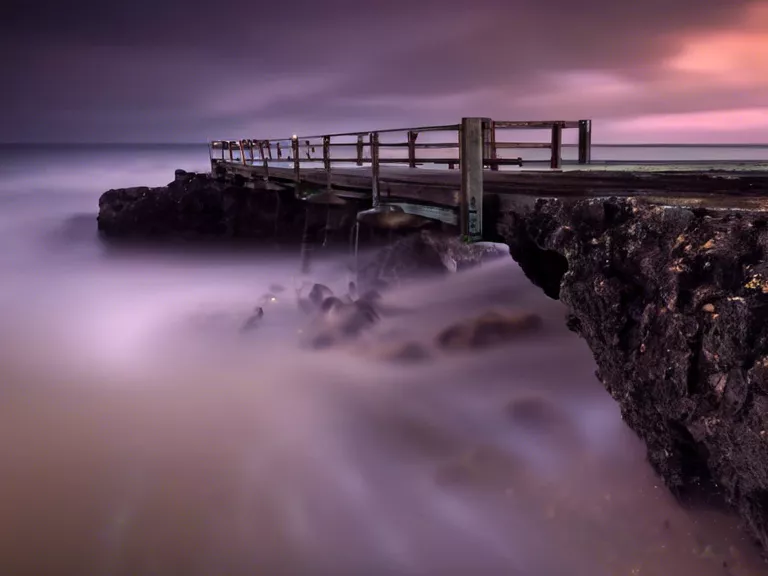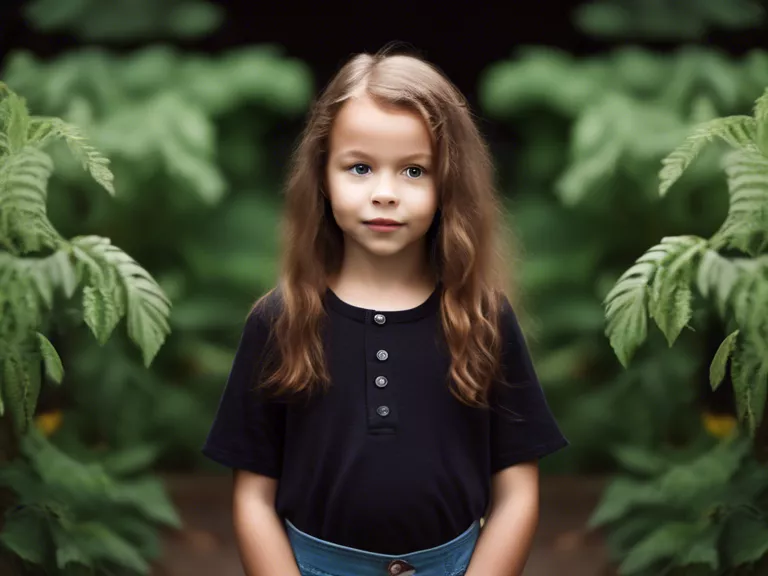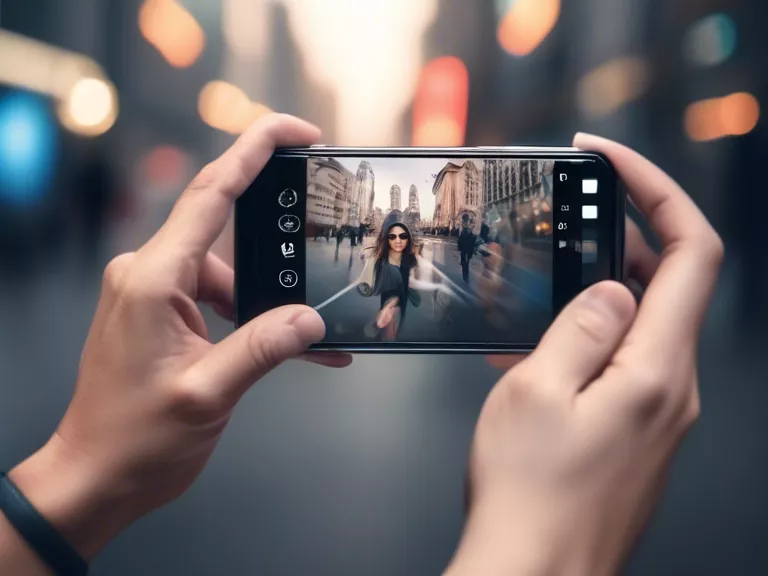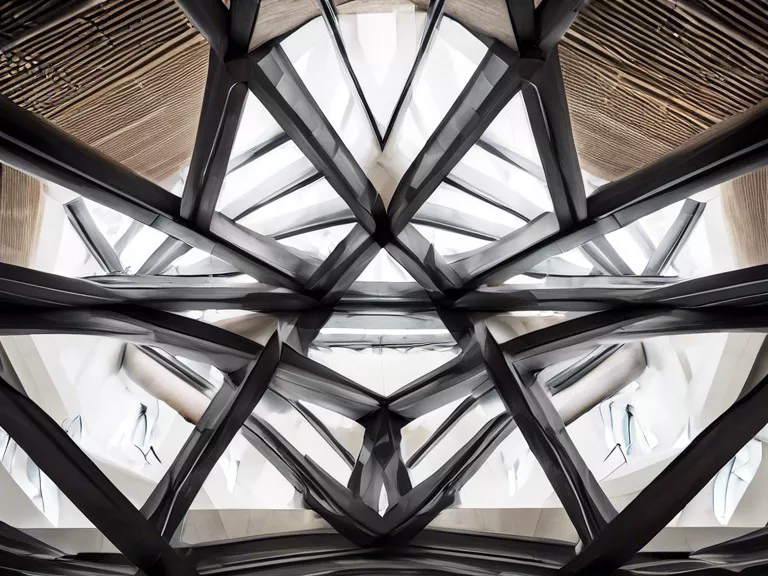
Long exposure photography can produce stunning and creative effects in your photos. By mastering this technique, you can capture unique and captivating images that will set your work apart from the rest. In this article, we will discuss the key tips and tricks for mastering long exposure photography and creating visually striking images.
Understanding the Basics: To master long exposure photography, it is essential to understand the basics of how it works. Long exposure involves leaving the camera's shutter open for an extended period, allowing more light to enter the lens. This results in motion blur, light trails, and other creative effects in your photos.
Use a Tripod: One of the most important tools for long exposure photography is a sturdy tripod. Since the camera's shutter is open for a long time, any movement can result in a blurry image. A tripod will help keep your camera steady and ensure sharp, clear photos.
Experiment with Shutter Speeds: The key to achieving different effects in long exposure photography is to experiment with shutter speeds. A longer shutter speed will result in more motion blur, while a shorter shutter speed will freeze the motion. Try different shutter speeds to see what effects you can create.
Consider ND Filters: Neutral density (ND) filters can be a valuable tool for long exposure photography, especially in bright conditions. These filters reduce the amount of light that enters the lens, allowing you to use longer shutter speeds without overexposing your image.
Plan Your Composition: Before you start shooting, take some time to plan your composition. Think about the elements you want to include in your photo and how they will interact during the long exposure. Pay attention to leading lines, shapes, and patterns that can enhance the visual impact of your image.
By following these tips and practicing regularly, you can master long exposure photography and create stunning, creative effects in your photos.



